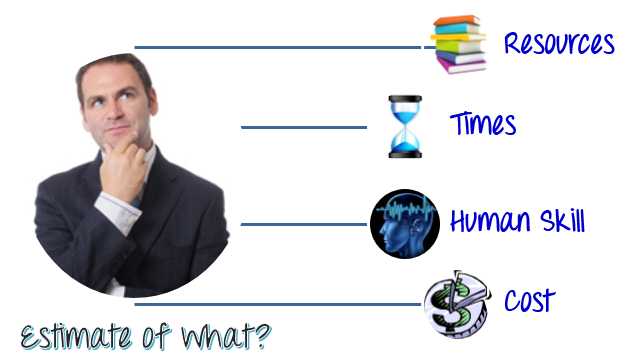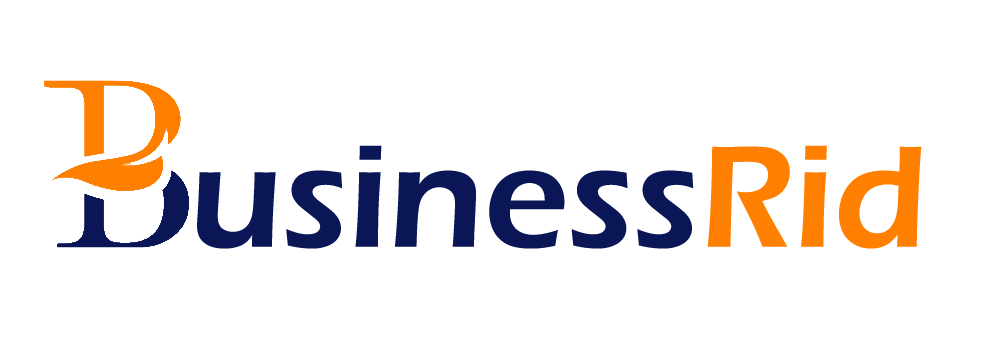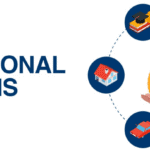
10 Best Practices For Project Estimation
Running a service or contractor business calls for an accurate estimation of design costs, time, and resource conditions to insure all your contracts turn out profitable. According to the Project Management Institute (PMI), time and cost overruns can always be traced back to inaccurate estimates. Hourly, similar incorrect protrusions can have disastrous consequences to the business, including financial losses and fallouts with the customer Therefore, it’s critical to prognosticating your design conditions as directly as possible. Then are 10 stylish practices for design estimation that should help when setting your systems.
1. Understand the requirements
It’s noway enough for a customer to tell you they want their emulsion field mowed and also you rush to give a citation per forecourt cadence. Be shrewd enough as a seasoned entrepreneur and request to see the point in person. This is what’s known as a surveillance check take this time to get the factual confines of the job point. Directly measure the length and breadth of the piece of land to be mowed. That’s better than simply estimating the size of the plot in terms of realty Also, try to see if there are any obstacles that might make your job more grueling. For case, if the field is filled with boulders and other debris, you would n’t want to charge the same quantum you charge for a perfect field with lawn only While at the point, it’s also judicious to ask the customer whether there are any special conditions for the job. Similar unique specifications may bring you a bit more, so remember to factor them in when making your citation.
2. Use project estimation software
Sticking to homemade estimation approaches, where you use a pen and paper for computations, perhaps unsuitable, especially at this stage of technological advancements. Similar styles are time- consuming, energy- draining, and prone to crimes. Also, ultramodern guests may not take you seriously if you present to them a pen-and- paper estimate Rather, you ’d want to use assiduity-specific design estimation tools, similar as those developed by Jobber or other analogous companies. Similar apps come with detailed estimate templates you can snappily customize by adding your company name and totem. They also have detailed lists of everyday line particulars for colorful field service jobs.
Whether you run a carpet cleaning, construction, roofing, pressure washing, oil, field care, landscaping, electrical, snow junking, or tree trouncing business, be sure there’s a corresponding estimation tool in the request for you. Presenting professional quotations to your guests portrays you as a focused entrepreneur who means business. And that goes a long way in erecting your credibility before your guests’ eyes.
3. Borrow ideas from past projects
Still, you can use the information to make further informed estimates for the forthcoming design, If you ’ve formerly handled systems analogous to your current bone and your chronicler or an accountant has accurate records of the quantum of plutocrat you spent on colorful particulars Still, do n’t lift numbers blindly without considering other factors similar as affectation, position, and abatements. A rawmaterial you bought some five or so times agone may not have the same price now. Also, if you got abatements from a former supplier, do n’t use that price for your present estimations. It’s also pivotal to understand that prices vary from region to region.
While checking your once systems, insure you effectively apply the assignments you learned. Maybe you preliminarily undervalued the time conditions for carrying out a specific exertion. Now that you know more from experience, let your current estimate be more accurate.
4. Have some margin
It’s no coexistence that some wordbooks define an estimate to be an educated conjecture. The term “ guess” tells you there’s no guarantee that the results are 100 correct. For case, when you estimate that a given landscaping job will take you 40 hours, you may fail to complete the factual job within this set time. That’s why it’s critical to have some decent periphery on your estimates Still, take care not to profane threat and contingency. Failure to determine the correct position of threat may lead to an inaccurate contingency factor being applied to an estimate. In the illustration over, you would n’t want to estimate the needed time to be 80 hours. Setting such a high contingency may beget you not to win the job. On the other hand, setting the contingency too low may lead to a loss of plutocrat on the design. So aim to apply an applicable periphery to your estimates without gratuitous magnifications.
5. Break it down
Creating a work breakdown structure (WBS) helps you get your estimates more directly. WBS is a deliverable- acquainted hierarchical corruption of the task to be done by platoon members. In other words, it involves breaking down a large design into lower tasks. The further itemized and specific the individual tasks are, the more accurate the design estimate would be For this reason, always divide any given design into distinct line particulars. For illustration, if you ’re contracted to make a house, you ’d want to resolve the design into the following subparts andsub-subparts
- Foundation
- Earthworks
- Retaining wall
- Backfilling
- Reinforcements
- Slab
- Superstructure
- Walls
- Windows
- Doors
- Exterior finishes
- Interior finishes
- Roofing
- Trusses and other structural components
- Roofing material
- Ceiling
- Electrical work
- Plumbing
- Drainage
Breaking it down this way sets you up for more authentic estimates since you’ll not only be generalizing issues.
6. Master the major parts of project estimation
When talking about project estimation, you may think it’s all about costs. But that’s not entirely true. Project estimation comprises three major parts:
- Cost estimation
- Effort estimation
- Resource estimation
It’s critical to strike a healthy balance between these three as they ’re integrated and ca n’t be fully insulated from oneanother.However, you may render your estimate ineffective, If you fail to do so For case, when quoting for jobs, you must consider the prevailing hourly rates for the region you ’re working in. The pay also depends on the position of moxie of the worker. Pukka professionals generally demand advanced stipend than average workers. Regarding resource estimation, factor in particulars like transportation costs for the platoon of workers to the job point.
7. Consider task dependencies
In any given design, there are conditioning that can only be done after others have successfully been completed. For case, you ca n’t roof a house until the columns and shafts or walls are done, but you can pave the driveway before or after roofing. It’s similar task dependences that would help you determine the critical path for your design For the conditioning that fall within the critical path, you would n’t want to compromise your sweats. Else, the design will surely fall behind schedule. But for those conditioning that are n’t part of the critical path, you can exercise some bit of inflexibility in handling them.
8. Involve the actual workers
One form for failure in your systems is failing to involve the applicable stakeholders in the planning phase. Do n’t assume to know it all simply because you ’re the business director. The staff member who does the factual job may know a lot further than you do Theoretically, you can assume that painting a square cadence of wall takes only 5 twinkles. But the painter may surprise you by telling it actually takes thrice that time. As they ’re endured in the job and know all the nitty-gritty involved, you ’d want to pay attention to what they say rather than assuming them altogether In this same sense, do n’t prepare the estimates alone. Understand that two heads are better than one. By engaging a platoon of experts in the estimation process, you profit from redundant perceptivity and agreement- structure. The rest of the platoon members can also help spot any critical factors you miss.
9. Use multiple approaches
The thing of design estimates is to come up with as accurate a figure as possible. On this account, make it a point to use multiple approaches to estimate the costs, time, and resource conditions for any given item.
Here are some of the most popular estimation techniques you can use:
- Parametric estimates: This involves using independent measurable variables to quote for jobs, for example, stating the cost per square foot when building a house.
- Three-point estimating: This includes finding the weighted average of the optimistic (most likely) and pessimistic estimates for a given piece of work.
- Analogous estimates: This involves referring to a similar project done in the past and correlating the figures with the project at hand.
- What-if analysis: This means hypothesizing possible outcomes of variables like time, costs, and resources and doing an impact analysis to develop the best estimate.
Using a combination of any of these techniques and other strategies helps you generate more informed estimates.
10. Clarify assumptions
There’s no denying you ’ll make several hypotheticals when estimating costs, time, and coffers. To make the customer trust you, indeed more, you ’d want to clarify these hypotheticals in the quotation you prepare For case, to justify why you ’re adding some time periphery to the design conditioning, you can state it’s meant to feed for unlooked-for detainments in the delivery of accoutrements and outfit demanded for the job, unanticipated business logjam-ups, or frequentness of workers getting sick or just exhausted. Similar clarity portrays you as an honest entrepreneur, and that ultimately leads to client fidelity.
Conclusion
Accurate design estimation calls for a thorough analysis of the job at hand. So take your good time to get all the details correct. As one of the original phases of design operation, it helps insure you do n’t chase down your implicit customer with inflated estimates. Also, it saves you from innumerous losses due to underestimates. For stylish results, consider using sophisticated design estimation tools that bring out your professionalism.
.



















Average Rating